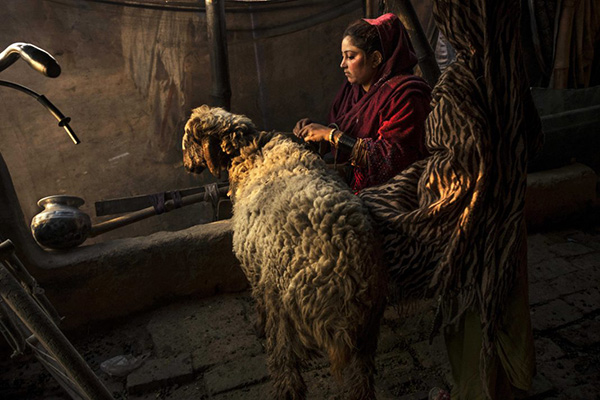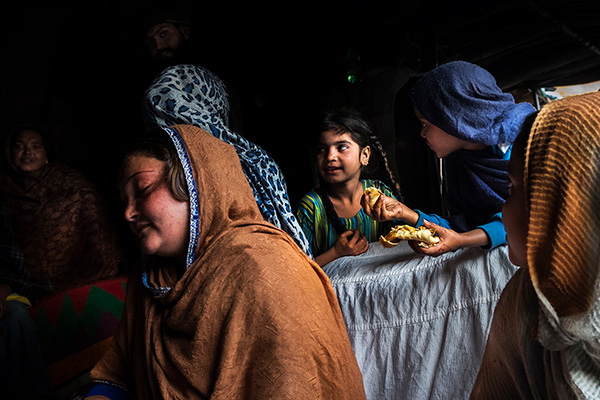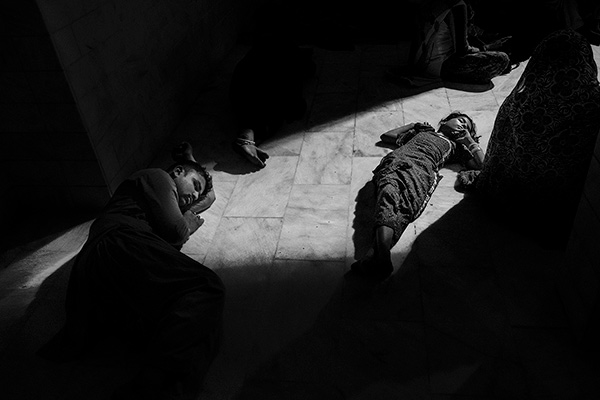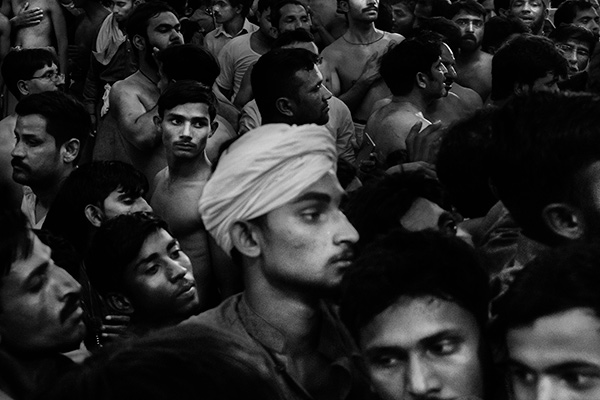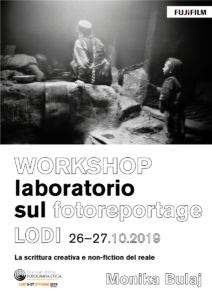In the Middle East and the Caucasus, in Asia and in Africa, the land of exiles, along the borders of Europe, the richness of complexity is disappearing before our eyes, in those lands where for millennia the people have shared saints, gestures, symbols, myths, songs and gods. The Christians of Pakistan, the Sufi masters of Ethiopia and Iran, the Afghan Shamans, the last pagans of the Hindu Kush and the Urals, the Tibetan nomads, the Gnostic sects of the Zagros mountains are the last oases of encounters between faiths, free zones besieged by armed fanaticisms, lost homelands of today’s fugitives. These are places where the gods often speak the same lingua franca, and where, behind the monotheisms, appear signs, presences, gestures, dances and looks. I travelled between the spiritual boundaries, at the crossroads of the forgotten kingdoms, where the faiths and traditions of the weakest and most defenceless sparkle, with their fragile and helpless resistance, their capacity for dialogue and encounter. I was there with the nomads, the fleeing minorities, the pilgrims looking for beauty even in the most terrible places – solidarity in war. Here faith and the placing of bombs are living side by side. The cracks in the theory of the so-called clash of civilizations, where the gods seem at war with each other, evoked by presidents, terrorists and bandits. The centre of my research is the body, the keystone and the apple of discord in religions. Created and blessed, revealed and covered, feared and repressed, protected and judged, untouchable and impure, trapped in violence that generates violence, body-relic, martyr body, body-trap, body-bomb. I love to think of the body as a temple, a body that contains the secret of collective memory, a body that does not lie. The sacred speaks through the body. It pierces it. In the archaism of gestures, we read the arcane wisdom of the people, the search for liberation through the wise use of the senses.
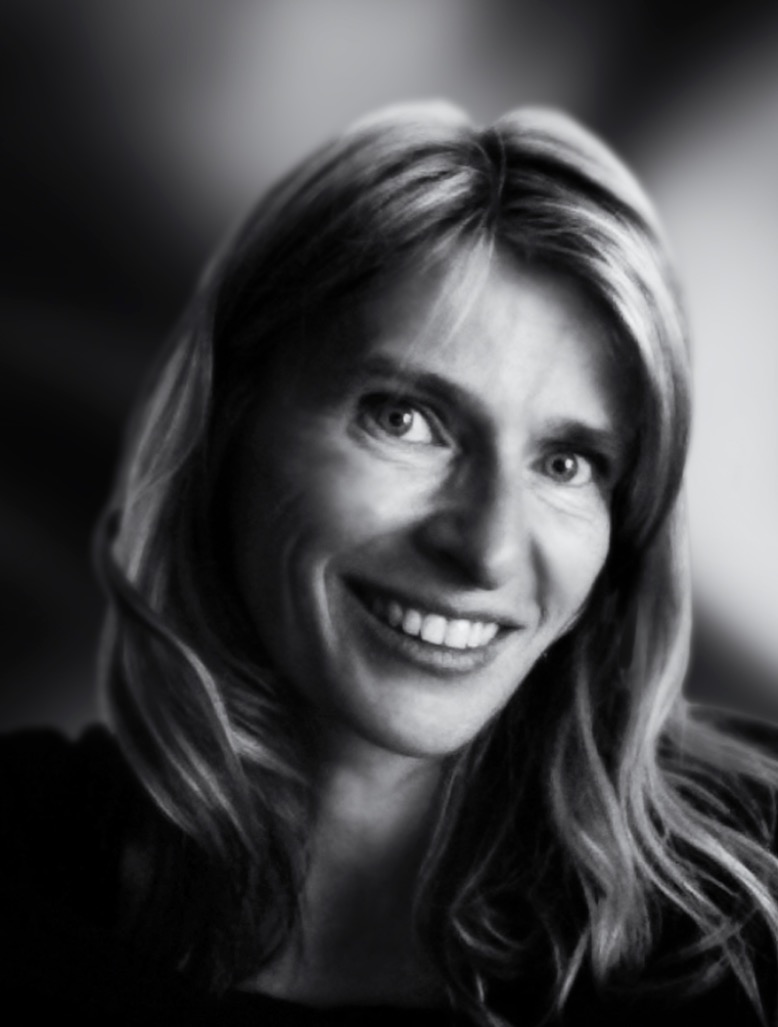
Photographer, reporter and documentary filmmaker, Monika Bulaj (Warsaw, 1966), carries out her research on the boundaries of faiths, ethnic and religious minorities, nomadic peoples, migrants, untouchables and dispossessed peoples, in Europe and Asia, Africa and the Caribbean.
Published with La Repubblica, Corriere della Sera, Gazeta Wyborcza, Revue XXI, Internazionale, Geo, Courier International, National Geographic, Time Lightbox, The New York Times Lens, Al Jazeera.
She studied philology at the University of Warsaw, and followed courses in anthropology, philosophy and theology. Self-taught in photography. She studied theatre of research and dance. Actress, teacher and theatre director until 2002. She simultaneously teaches photography, street theatre and stilts to children in at-risk communities. Writes in Italian and Polish, speaks eight languages and has three children.
She directed and scripted the documentary film “Sons of Noah” and signed the screenplay of “Romani Rat”, directed in 2002 by M. Orlandi, on the Roma genocide by the Nazis during the Second World War (Porrajmos, “the great devourer ” in Romaní), made with the contribution of Shoah Visual History Foundation.
She has published books on literary and photographic reportage, with Alinari, Skira, Frassinelli, Electa, Feltrinelli and Bruno Mondadori.
Her latest book “Nur. The hidden light of Afghanistan”, chosen by TIME as one of the best photographic books of 2013, is currently sold out and out of print.
She carries out a constant didactic activity, has produced a hundred photographic exhibitions between Europe, New York and Cairo. “My goal – she asserted during the TED Global Fellowship 2011 – is to show the lights hidden behind the curtain of the great game, small worlds ignored by the media and the prophets of a global conflict”.
